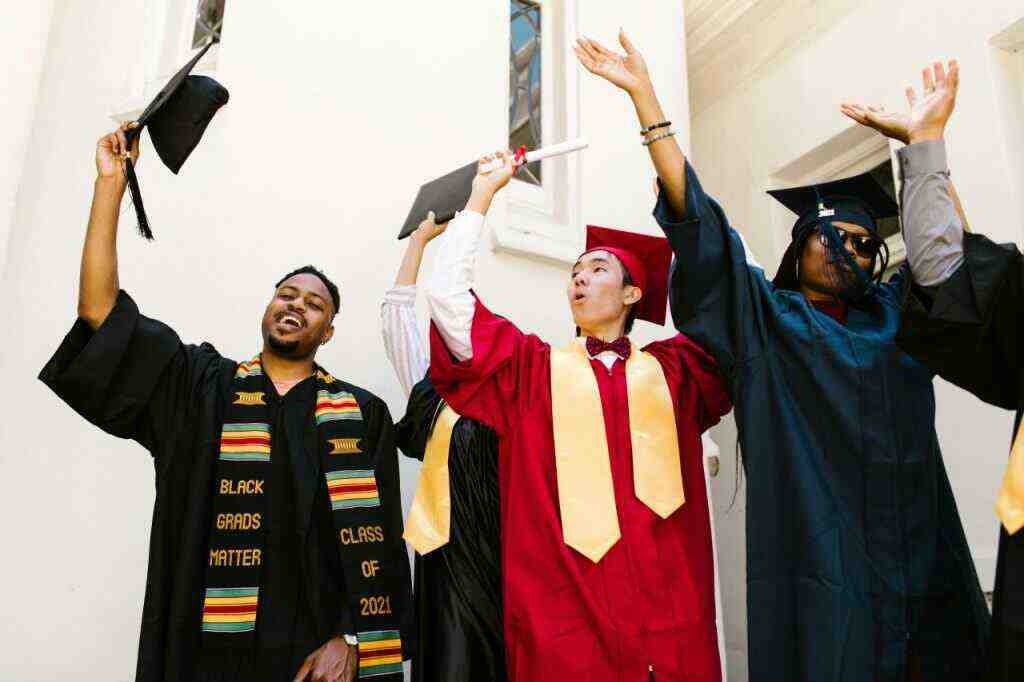Humans vs. Machines: Predicting Snow Days
Rockford High School’s Unique Competition
In the heart of Rockford, Michigan, an intriguing competition unfolds within the walls of Rockford High School. Students enrolled in the Advanced Placement (AP) Statistics class are pitted against an artificial intelligence (AI) system called “Blizzard” in a battle of wits to predict snow days. This captivating project, dubbed “Humans vs. the Machine,” exemplifies the transformative power of collaborative learning and the integration of technology in education.
Bridging the Gap Between Education and Practical Applications
Tina Shutich, the passionate AP Statistics teacher behind this innovative project, believes that this competition offers students a unique opportunity to transcend the boundaries of traditional classroom learning. By engaging with AI and witnessing its application in the field of statistics, students gain a deeper understanding of the subject’s relevance and significance. Shutich emphasizes the importance of creating connections between theoretical concepts and real-world scenarios, allowing students to appreciate the practical implications of their studies.
The Mechanics of the Competition
The competition is triggered whenever the National Weather Service issues a winter weather advisory for Kent County. Upon receiving the advisory, the class embarks on a collaborative effort to forecast the likelihood of a snow day. This process involves each student assigning rankings to four key categories:
– The hype surrounding the impending winter storm
– The anticipated impact of the weather conditions
– The timing of the storm
– Additional factors that may influence school closures, such as the number of snow days already experienced during the academic year
The Statistical Model and AI’s Role
The collective input from each student is then processed through a statistical model, which calculates the average of all the rankings. This average serves as the class’s final prediction for the likelihood of a snow day, expressed as a percentage. Simultaneously, the AI system known as Blizzard, meticulously crafted by Rockford resident and software engineer Steven Wangler, receives local weather data and taps into its database of historical snow day announcements from Rockford Superintendent Steve Matthews. This enables Blizzard to generate its own snow day prediction.
The Race Against Time
Both the students and Blizzard have until 8 p.m. to submit their snow day predictions for the following day. This time constraint adds an element of excitement and urgency to the competition, mirroring the real-world scenarios faced by meteorologists and school administrators.
Tracking the Results
The outcomes of the competition are meticulously documented and shared with the community through dedicated Facebook and Instagram pages. This transparency allows for ongoing monitoring of the accuracy of both the students’ predictions and Blizzard’s forecasts.
The Battle Heats Up
As the competition progresses, the students’ determination to outsmart Blizzard intensifies. The class celebrates the achievements of its “MVP” — the student who comes closest to the final snow day ranking — fostering a sense of camaraderie and friendly rivalry.
Inspiration Behind the Project
The idea for this captivating project draws inspiration from a similar snow day prediction competition organized by Kevin Witte, a former Holland Christian teacher who tragically lost his life in a car accident. Ben Talsma, a learning specialist with the Van Andel Institute for Education, recognized the potential of replicating this initiative at Rockford High School. He believed that such a competition would captivate students and the community while simultaneously providing an engaging platform for applying mathematical and scientific concepts.
Conclusion
The “Humans vs. the Machine” competition at Rockford High School stands as a testament to the transformative power of education when it embraces innovation and collaboration. By pitting students against AI in a friendly battle of snow day predictions, this project ignites a passion for statistics, fosters critical thinking skills, and highlights the practical applications of mathematical modeling. The competition not only entertains but also educates, leaving a lasting impact on the students’ understanding of statistics and its relevance in the real world.
